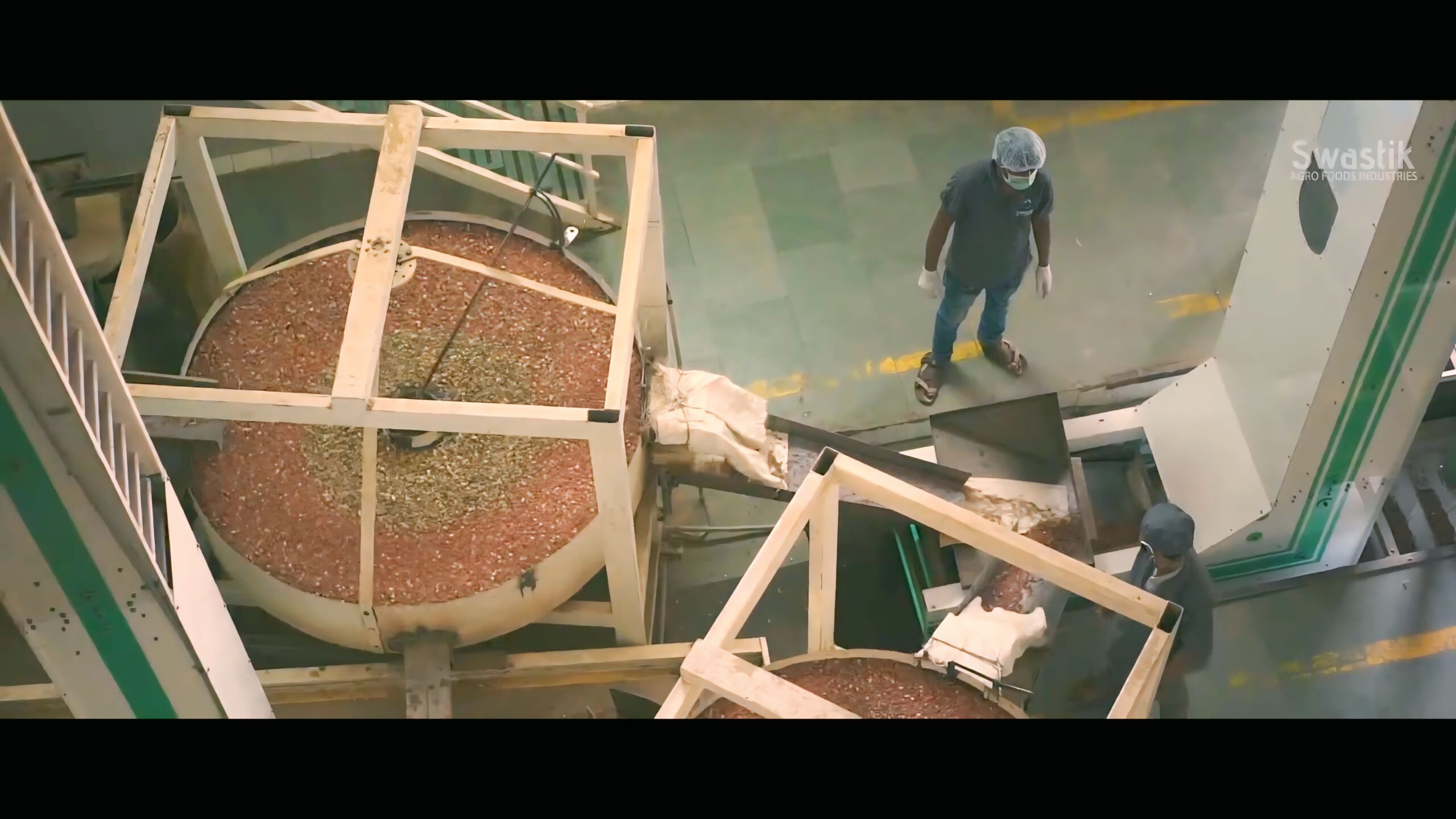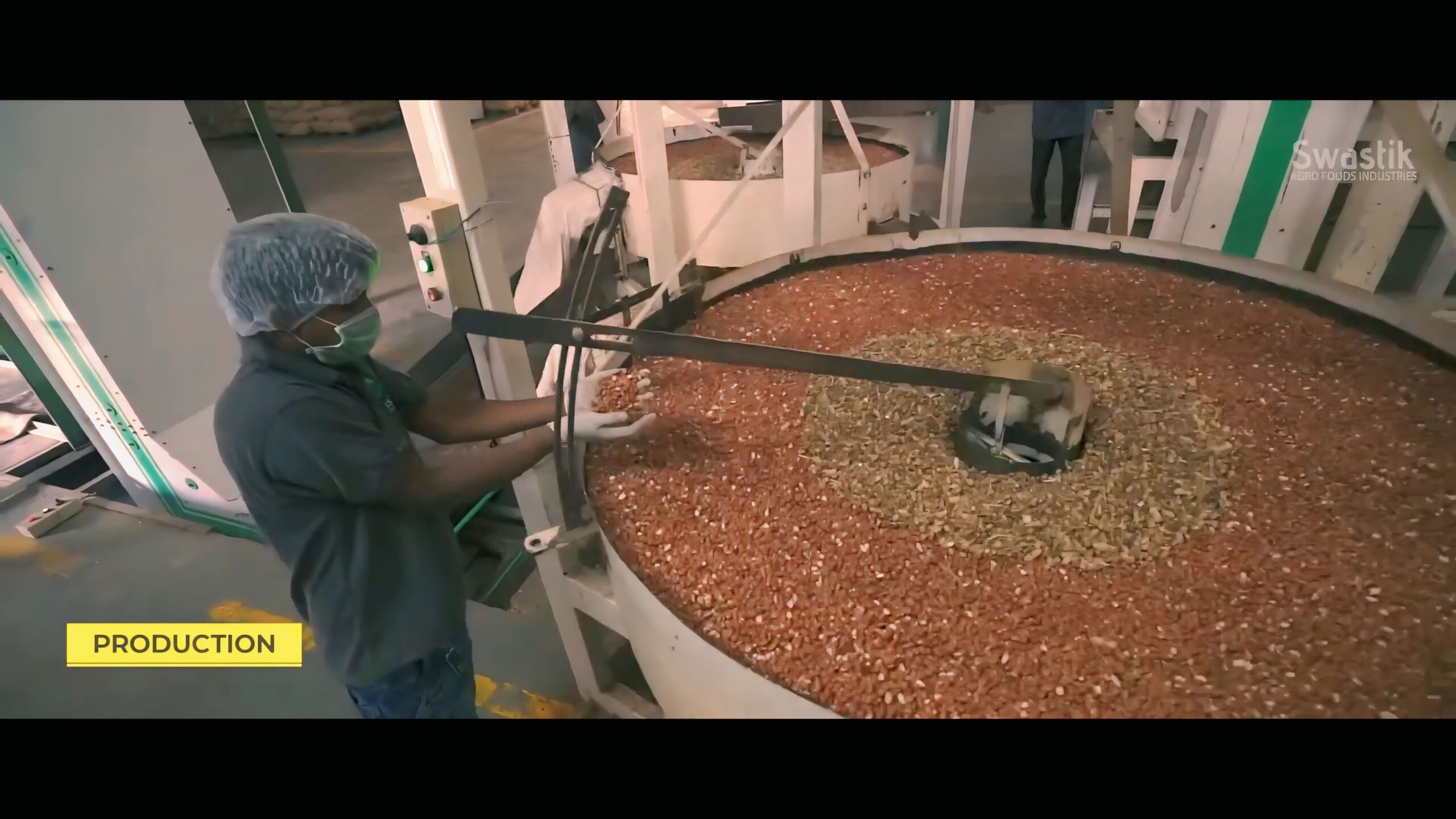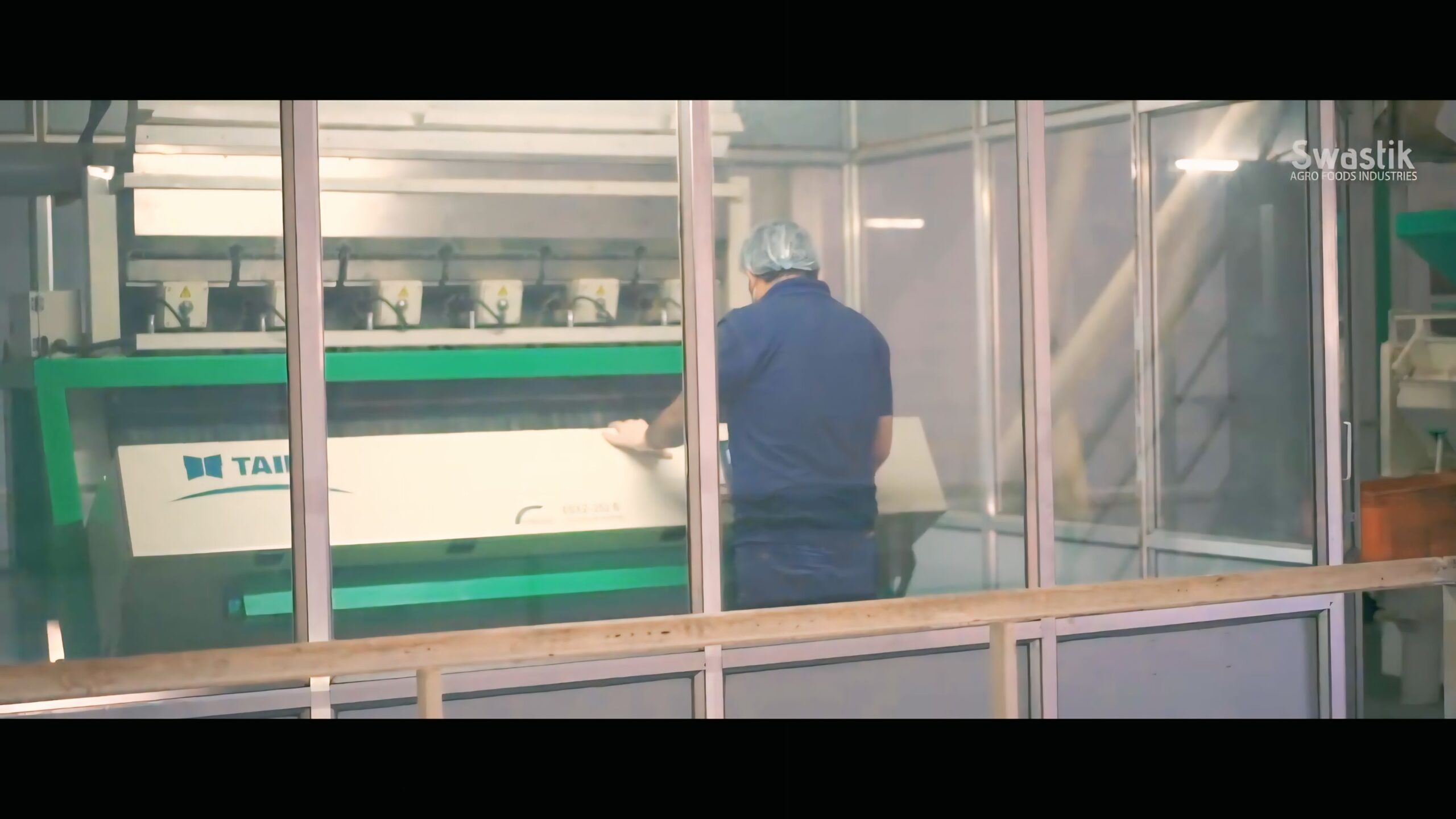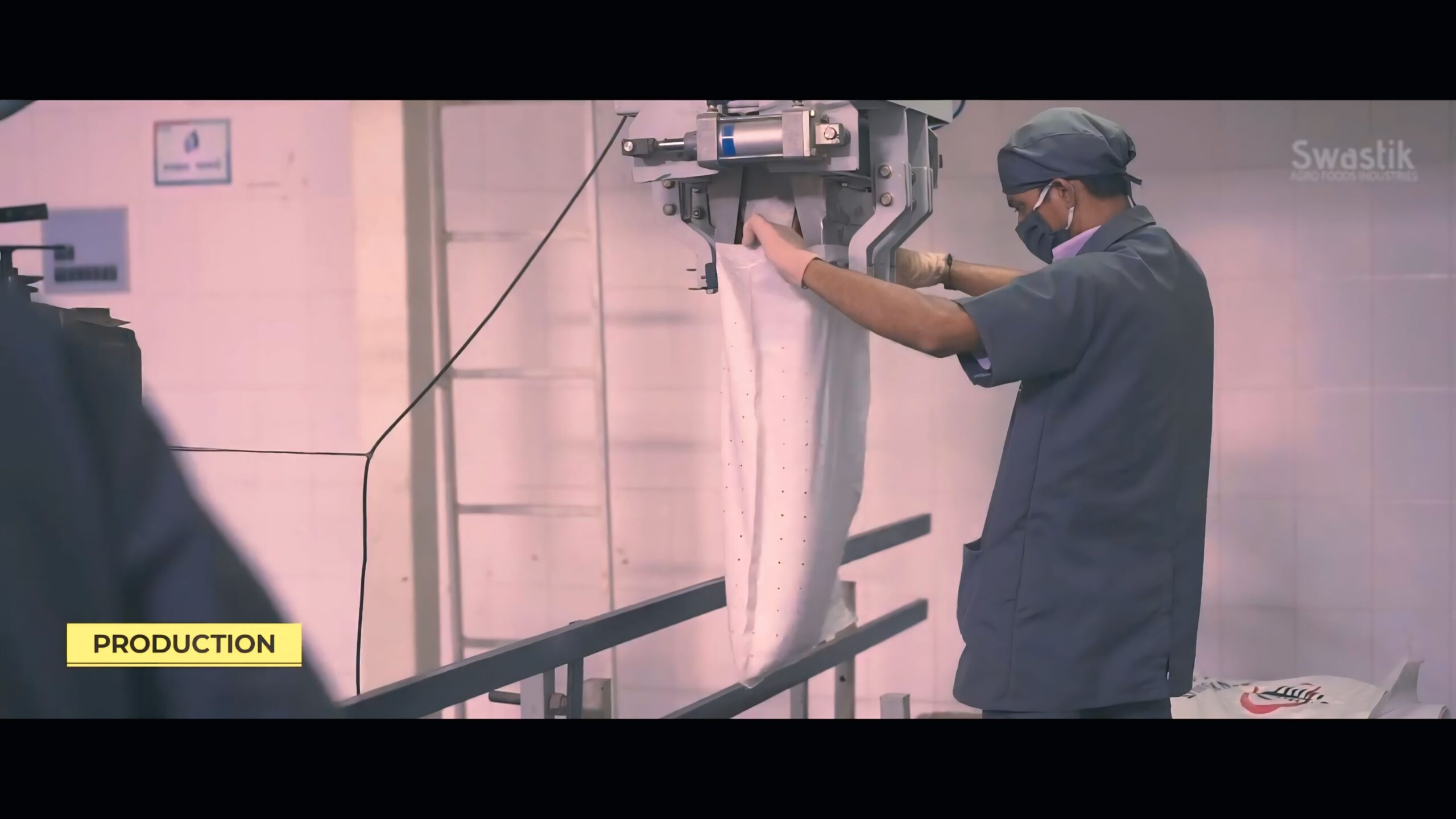Inside an Agro Processing Plant: From Procleaning to Packing
In the agro-processing industry, efficiency, cleanliness, and precision define the success of any facility. Whether you’re dealing with oil seeds, pulses, cereals, or spices, every step in the journey from farm to pack must be optimized. The image shared outlines four major stages: Procleaning, Shelling, Processing, and Packing, each equipped with specific machinery to ensure quality and scalability.
Let’s break it down stage by stage:

Procleaning: The First Line of Defense
Before raw materials enter the core process, they must be cleaned and prepped. This crucial stage ensures that impurities, stones, and dust are removed early, minimizing contamination and equipment damage downstream.
Key Equipment:
Before raw materials enter the core process, they must be cleaned and prepped. This crucial stage ensures that impurities, stones, and dust are removed early, minimizing contamination and equipment damage downstream.
- Elevator: Moves raw materials vertically to the next processing unit.
- Precleaner Grader: Removes dust, husk, and oversized or undersized grains.
- De-stoner: Separates stones and heavy particles from the seeds using density differences.
- Belt: Transports material between stations.
- Conveyor: Offers continuous movement of materials across different machines.
- Z-Bucket Elevator: Used to vertically lift and distribute materials to the next stage efficiently.

Shelling: Where the Real Work Begins
After cleaning, the focus shifts to breaking open the shells of seeds like peanuts, sesame, or other oilseeds. This stage is labor- and machine-intensive, demanding precise sieving and grading.
Key Equipment:
- Silo: Stores materials in bulk to maintain a steady supply.
- Z-Bucket Elevator: Ensures vertical transport to shelling machines.
- Decorticator (1, 2, 3): Mechanically cracks the shells without damaging the kernel.
- Elevator, Conveyor: Facilitates movement between shelling sub-stages.
- Sieve (1, 2): Separates kernels from husk and broken shells.
- Round Grader (1, 2): Sorts kernels by size for uniform quality.
- Bucket Elevator: Additional vertical movement for sorted or shelled material.
- Sieve (again): Final stage of refinement.

Processing: Precision at Its Peak
This is the heart of the operation. After shelling, the kernels undergo multiple layers of quality refinement—from separation to gravity testing and color sorting.
Key Equipment:
- Z Bucket Elevator: Feeds material into various machines.
- Classifier: Categorizes seeds by size and density.
- De-stoner: Second layer of stone removal for higher purity.
- Gravity Separator: Ensures the finest materials are selected by density.
- Z-Type Elevator: Specialized for clean transitions to sorting units.
- Sortex: Advanced optical sorter that removes discolored or defective grains.
- MTR (Moisture Test & Regulation): Ensures optimal moisture for long shelf-life.
- Silo (1, 2, 3, 4): Multi-stage bulk storage for processed product.

Packing: The Final Impression
This is where your product gets ready to meet the world. Packing not only protects the product but also defines your brand identity and shelf presence.
Key Equipment:
- Z-Type Elevator: Final lifting mechanism to packing station.
- Silo: Acts as buffer storage before packing begins.
- Weighing Machine: Ensures every pack is consistent and standard-compliant.
- Packing Belt: Moves the product through sealing, boxing, and dispatch.

Final Thoughts
This process flow is a powerful example of how agro-processing merges traditional know-how with modern technology. From the initial clean to the final pack, each step builds on the last—resulting in a product that’s not just ready for consumption, but worthy of global export.
Whether you’re setting up a new unit or optimizing an existing line, understanding the equipment and flow is essential. And remember—every elevator, every grader, every sieve plays a role in quality.


